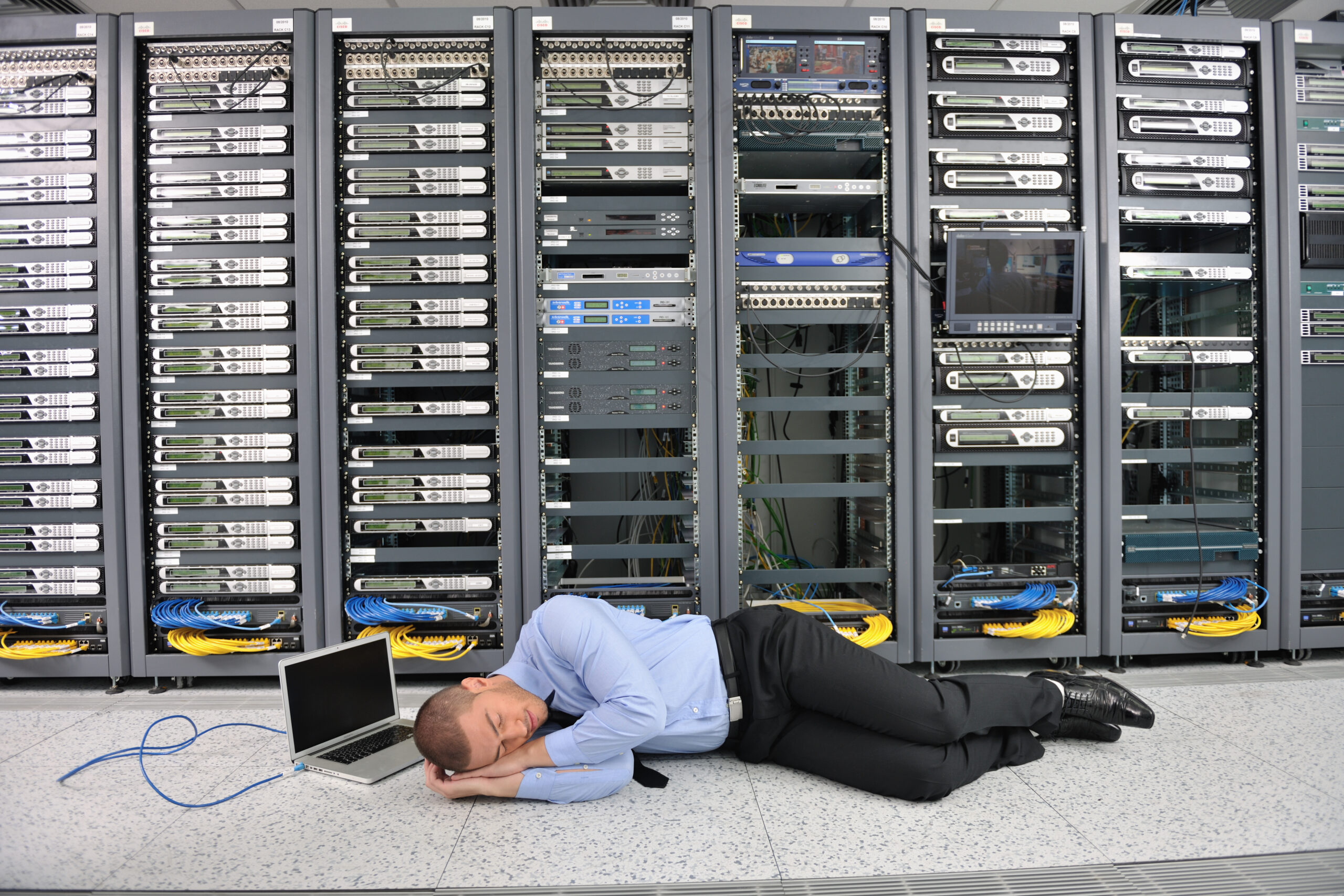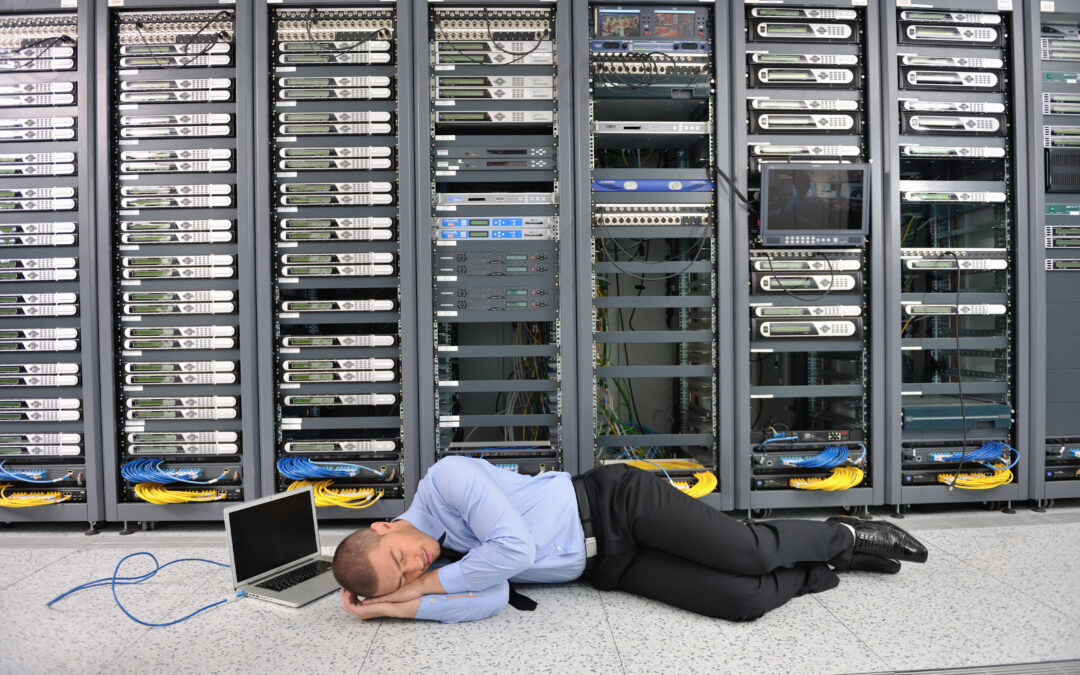Introduction to Disaster Preparedness
When it comes to disaster preparedness, being proactive is key. Natural disasters can strike at any time and without warning, leaving you unprepared if you haven’t taken the necessary steps beforehand. In this article, we will cover everything you need to know about disaster preparedness so that you can keep yourself and your loved ones safe in case of an emergency.
The Importance of Having a Plan
Having a plan in place is crucial when it comes to disaster preparedness. This includes creating a family communication plan, establishing meeting points for family members, and having an evacuation route planned out. It’s also important to have a designated emergency contact person who lives outside of your area in case local lines are down or busy. Make sure everyone knows what their role is during an emergency situation and practice drills regularly.
Creating an Emergency Kit
Another essential aspect of disaster preparedness is putting together an emergency kit. Your kit should include items such as non-perishable food, water, first aid supplies, flashlights, extra batteries, and a portable charger for electronic devices. Don’t forget to pack important documents like passports, birth certificates, and insurance policies in a waterproof container. Remember to check your kit every six months to ensure all items are up-to-date and replace anything that has expired.
Staying Informed During a Crisis
During a crisis, staying informed is critical. Keep an eye on weather reports and news updates to stay aware of potential risks. Sign up for alerts from your local emergency management agency and download apps that provide real-time information on severe weather events. Social media platforms can also be useful for getting updates on road closures and other emergencies.
Evacuation Procedures and Routes
If you live in an area prone to natural disasters, knowing how to evacuate safely is vital. Identify multiple routes out of your neighborhood and practice them regularly. Always follow the instructions of local authorities and avoid driving through flooded areas. If possible, take shelter with friends or family outside of the affected area until the danger has passed.
Shelter Options and Safety Tips
In some cases, evacuation may not be feasible, and you may need to seek shelter instead. Choose a room on the lowest level of your home that doesn’t have windows or exterior walls. Stay away from doors and corners since they tend to be more vulnerable during storms. Use pillows, blankets, and mattresses to protect yourself from falling debris.
Thank you for reading this post, don't forget to subscribe NOW for FREE!
Communicating with Loved Ones During a Disaster
Communication can be challenging during a disaster, but there are ways to make it easier. Text messages are often more reliable than phone calls because they require less bandwidth. Consider investing in walkie-talkies or two-way radios that don’t rely on cell service. Also, make sure to charge your electronics before a storm hits and bring portable chargers with you if you need to evacuate.
Recovering After a Disaster
After a disaster strikes, it’s essential to prioritize safety and begin the recovery process as soon as possible. Contact your insurance company to file claims for damages, and document any losses by taking photos or videos. Reach out to community organizations and volunteer groups for assistance with cleanup efforts. Take care of your mental health by talking to counselors or support groups if needed.

Conclusion: Next Steps for Disaster Preparedness
Becoming prepared for disasters takes effort, but it’s worth it to keep yourself and your loved ones safe. By following these tips and implementing a comprehensive plan, you can rest easy knowing that you’re ready for whatever life throws your way.






